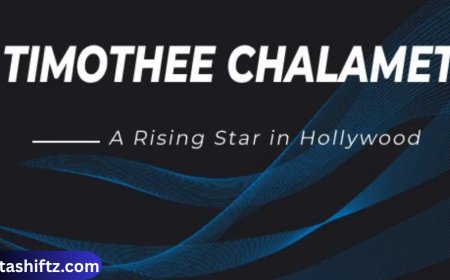No Tobacco Day 2025 Theme: Protecting Youth from Tobacco Industry Influence

Introduction
Each year on May 31, the world observes World No Tobacco Day, led by the World Health Organization (WHO). This day is a global initiative aimed at raising awareness about the harmful effects of tobacco use and advocating for effective policies to reduce tobacco consumption. The theme for World No Tobacco Day 2025 is “Protecting Youth from Tobacco Industry Influence.” This theme is a direct response to the growing concern over how tobacco companies continue to target young people through advertising, sponsorship, and flavored tobacco products.
Understanding the 2025 Theme
Why Focus on Youth?
The 2025 theme emphasizes the urgent need to protect future generations from the manipulative tactics of the tobacco industry. Research shows that most smokers begin tobacco use during adolescence, and the earlier individuals start, the more likely they are to become lifelong users. The industry’s marketing strategies exploit this vulnerability, often using appealing flavors, social media, and pop culture to glamorize smoking and vaping.
Objectives of the Theme
The key goals of this year’s campaign are:
-
To expose the tactics used by tobacco and related industries to attract youth.
-
To empower youth to fight back and advocate for their health.
-
To encourage governments and stakeholders to take stronger actions through legislation and awareness.
Tobacco Use Among Youth: A Global Concern
The increasing rates of tobacco use among teenagers is alarming. Flavored cigarettes and e-cigarettes (vapes) are particularly appealing to younger audiences, and tobacco-related marketing still finds its way to them through digital media, influencer culture, and unregulated sponsorships.
Here’s a quick look at the impact:
Global Youth Tobacco Statistics
| Region | Percentage of Youth Using Tobacco (2024) | Common Form of Use |
|---|---|---|
| North America | 14% | E-cigarettes/Vapes |
| Europe | 17% | Cigarettes & Snus |
| Asia | 19% | Cigarettes & Chewing Tobacco |
| Africa | 10% | Hand-rolled cigarettes |
| South America | 12% | Cigarettes & Flavored Products |
How Tobacco Companies Target Youth
Tactics Used by the Industry
The tobacco industry continuously reinvents its marketing strategies to lure new users—particularly young ones. Some of the most common methods include:
-
Flavored Products: Candy, fruit, and menthol flavors mask the harshness of tobacco.
-
Social Media Campaigns: Influencers and viral trends subtly promote smoking as trendy.
-
Sponsorships and Product Placements: Tobacco brands partner with music festivals, sports events, and film productions.
-
Youth-Oriented Packaging: Colorful, trendy packaging designed to attract teenagers.
-
False Claims of Safety: Promoting vapes and e-cigarettes as "safe" alternatives without highlighting long-term health risks.
Action Steps to Protect Youth
What Governments and Communities Can Do:
-
Ban flavored tobacco products that appeal to young users.
-
Enforce stricter age-verification systems for tobacco sales.
-
Increase taxes on tobacco to make it less accessible.
-
Launch school and community education programs.
What Youth Can Do:
-
Speak out against tobacco promotions online and in communities.
-
Start or join anti-tobacco clubs at schools.
-
Share accurate information on social media to counter industry myths.
-
Participate in awareness events like No Tobacco Day.
Key Facts About Tobacco and Youth
-
Over 80% of adult smokers began before the age of 18.
-
Tobacco kills more than 8 million people annually.
-
E-cigarettes are the most commonly used tobacco product among youth in many countries.
-
Marketing restrictions have been shown to significantly reduce youth tobacco use.
-
Youth advocacy groups are now leading global campaigns to ban flavored tobacco.
Conclusion
The theme of No Tobacco Day 2025 — “Protecting Youth from Tobacco Industry Influence” — highlights a critical health and social issue. As tobacco companies shift strategies to lure a younger demographic, it is more important than ever to implement bold policies, educate communities, and empower young people to resist manipulation.






























